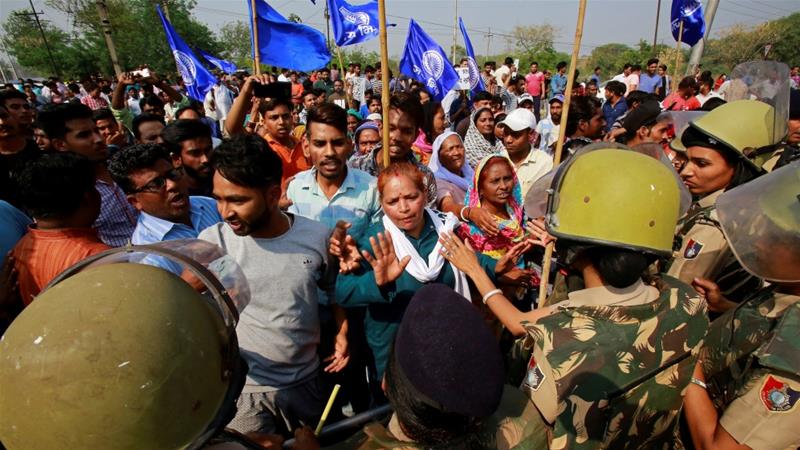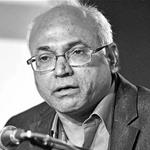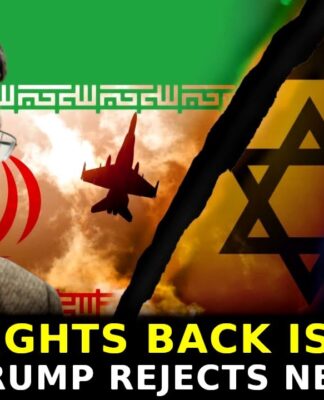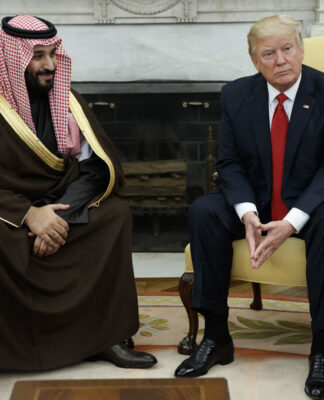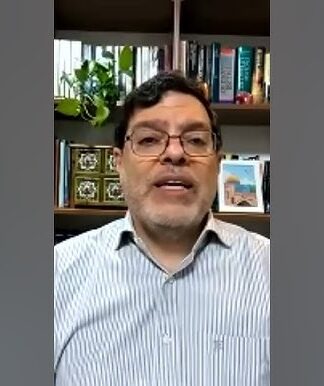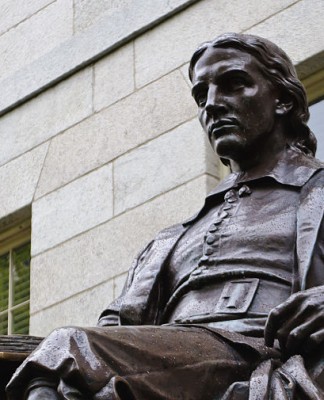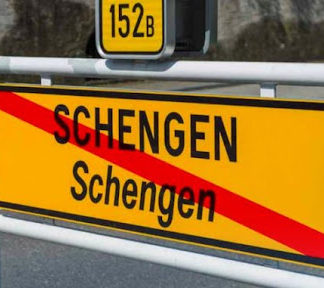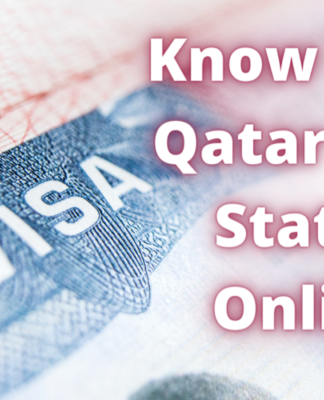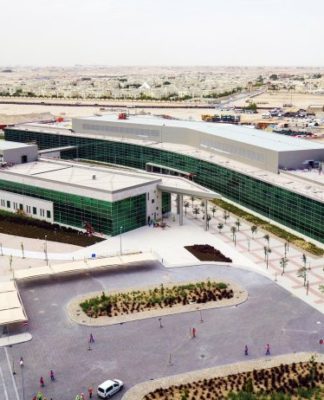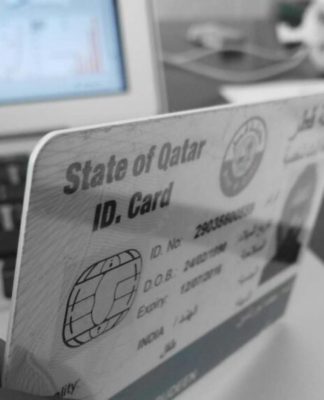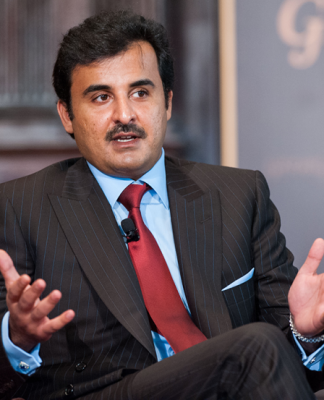![A 'Dalit Spring' is on the horizon Police try to stop people from the Dalit community as they take part in a protest during a nationwide strike called by Dalit organisations, in Chandigarh, India, April 2, 2018 [Ajay Verma/Reuters]](https://www.aljazeera.com/mritems/imagecache/mbdxxlarge/mritems/Images/2018/4/7/c9a5eeedd86540fe842b62873df26758_18.jpg)
On April 2, hundreds of thousands of India’s Dalits poured into the streets to take part in the Bharat Bandh, or all-India strike, called by Dalit organisations across the country. The former “untouchables” were protesting against what they say is the dilution of a law meant to protect them. The mass protest, which was the first of its kind, was mostly peaceful – protesters blocked roads, participated in sit-ins and chanted slogans. But government forces and other right-wing groups were there to silence this Dalit resistance cry. They opened fire on the demonstrators. At least 11 people, most of them believed to be from the Dalit community, were killed.
The Bharat Bandh was a turning point in India’s caste struggles. But to fully understand the significance of this mass protest – and the reasons why India’s Dalits finally decided to take to the streets – it is necessary to analyse the current Indian government’s aggressive policies and deep-seated hostile attitudes towards this underprivileged group.
Trying to preserve the caste system
The Scheduled Castes (SC) and Scheduled Tribes (ST) together constitute more than 20 percent of India’s population – approximately 250 million people. As the most underprivileged group in the country, they have long been the target of hate crimes and discrimination in India, but their situation got only worse after the Bharatiya Janatha Party (BJP) came to power.
The BJP is an off-shoot of the Hindu fundamentalist organisation, Rashtriya Swayamsevak Sangh (RSS). The RSS’s ultimate aim is to transform India into a conservative Hindu state, in which all traditions of Hinduism, including the caste system and untouchability, are preserved. Although they do not say this openly, they are against any form of social mobility and reform in the country.
They work to protect the rights and privileges of the Brahmins (the priestly caste), the Banias (the business caste) and the Kshatriyas (the warrior caste). They also work aggressively to “protect” cows – the animal that is revered as sacred by Hindus. But they are mostly silent when it comes to the abuses the Shudras (the working class), the Dalits (the scheduled castes) and the Adivasis (the scheduled tribes) face in India.
Diluting reservations
The Dalits are scared that the BJP and the RSS are trying to dilute the system of reservations in India – an affirmative action programme guaranteeing scheduled castes and tribes reserved places in educational institutions, government jobs and even seats in parliament and the state assemblies. These reservations or quotas are justified as a means of making up for millennia of discrimination based on birth.
Over the years, this system helped underprivileged communities in India to get back on their feet and claim their rightful place in the Indian society. Reservations even allowed the emergence of a small Dalit middle class. But today, some members of the “upper” castes are extremely resentful about the reservations system and the success of this Dalit middle class.
The dilution of reservation provisions in every institution has already started. The RSS and the BJP are seemingly working to set back any progress underprivileged communities achieved through this affirmative action programme. The leader of the RSS, Mohan Bhagwat, who is a Saraswat Brahmin from Maharastra, has been consistently talking against reservations.
No visible Dalit has been appointed to a decision-making role in any big governmental institution in recent years. Also, Dalit students are facing a negative atmosphere in universities. The Akhila Bharatiya Vidyarthi Parishad (The student wing of the RSS), mainly headed by casteist upper-caste youth, attacks Dalit students and questions their place in India’s universities on a regular basis.
All this is happening because the BJP/RSS is against social transformation in India. They want the caste system, which classifies Dalits as “untouchables”, to stay intact. They do not want the Dalit middle class to prosper and challenge their supremacy. Their policies directly oppose the ideals of India’s democratic constitution.
But the dilution of the reservations system is not the only tool they use to set the Dalit progress back and maintain the social inequalities in India.
Cow protection laws
Strict implementation of cow protection laws across India has been another priority for the BJP government since it came to power in 2014. This caused alarm among Dalits and Adivasis, as they are the main beneficiaries of the cattle economy in the country.
This policy also triggered violence against Dalits, Adivasis and other communities that participate in the cattle industry across India. Hindu vigilantes started attacking people who they accused of slaughtering cows. According to the Human Rights Watch, there were at least 38 attacks against members of underprivileged communities over the trade or slaughter of cows for beef in 2017. At least 10 people were killed.
In 2016, the state of Gujarat and other parts of India were rocked by protests after four Dalit men in the city of Una were tied to a car, stripped and flogged by Hindu vigilantes, who accused them of skinning a cow.
In many cow-related attacks like the one in Una, the 1989 SC/ST Prevention of Atrocities Act was used to bring perpetrators to justice. Under the act, passed by the government of former Prime Minister Rajiv Gandhi in 1989, anyone accused of committing an atrocity against the members of the scheduled castes and tribes is denied bail.
Over the years, this act became a big problem for casteist forces in India who want to maintain the oppression of Dalits and other underprivileged communities. The RSS has been training its cadre for decades to oppose any form of social change and suppress any attempts to create a caste-free India, often through violence and intimidation. To continue with their agenda, they needed a mechanism to weaken the Atrocities Act and ensure the Hindu “vigilantes” who attack Dalits would not face imprisonment.
On March 20, the Supreme Court of India gave these group what they wanted by passing a verdict which barred the immediate arrest of those accused of violence against SCs and STs.
This was the last straw that broke the camel’s back for many Dalits. Dalit intellectuals and activists saw this judgement as what it is: a major blow to Dalit rights and progress.
As a result, for the first time since India’s independence 70 years ago, Dalits decided to take collective action.
Yet when they took to the streets to fight for their rights on April 2, the dominant forces in India responded with violence. Protesters were beaten and shot at. A local BJP worker named Raja Chaunan was filmed as he fired his gun on protesters.
But even though the protest was violently suppressed, all was not lost. This collective act of resistance showed the governing forces that Dalits are not going to silently take the abuses and discrimination any longer.
The middle class that emerged out of this historically oppressed untouchable community is now capable of understanding every step their oppressors take. And they are ready to take action.
A section of Dalits voted for the BJP in the past, because they believed that Narendra Modi, who has an OBC background himself, could improve their socioeconomic and educational conditions. But Modi has no grip over his party and the RSS and the core RSS and BJP supporters across India view the caste system as an undisputable pillar of a Hindu society. Neither organisation has ever produced literature openly opposing the caste system.
All Dalits now see the BJP government as what it is: An RSS offshoot determined to keep them from achieving real equality. And they are ready to resist its attempts to strip them of their hard-earned rights.
The Dalit forces are no longer willing to take the abuse, oppression and discrimination lying down. The way the Dalit masses came into the streets across India, waving the dark blue flags of Dalit resistance, made it clear for everyone that a “Dalit Spring” is on the horizon.
The views expressed in this article are the authors’ own and do not necessarily reflect Al Jazeera’s editorial stance.










